ASUS PQ321Q UltraHD Monitor Review: Living with a 31.5-inch 4K Desktop Display
by Chris Heinonen on July 23, 2013 9:01 AM ESTGiven the lofty price tag, there is a good chance the ASUS PQ321Q is targeting graphics and print professionals, so meeting the sRGB standards of 80 cd/m2 and its custom gamma curve will be important.
Looking at the grayscale first, sRGB is just as good as our 200 cd/m2 target is. The gamma is virtually perfect, and there is no color shift at all. The contrast ratio falls to 667:1, which I expected as the lower light output leaves less room for adjustments. Graded just on grayscale and gamma, the PQ321Q would be perfect.
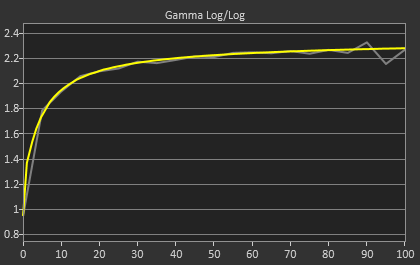
As soon as we get to the gamut, we see the same issues here as I expected to. That gamut is just a little off which gives us some noticeable dE2000 errors at 100% saturations for all colors.
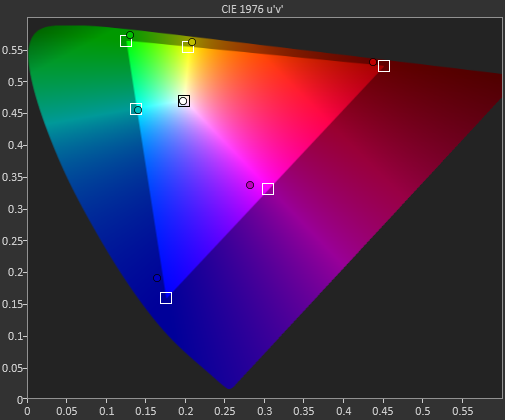
Here with the color checker charts, we see a large difference between the Gretag Macbeth results and the 96-sample results. The error rises from 1.62 to 2.05 as we are sampling more orange/yellow shades that fall outside of the gamut. Nothing really different than the last calibration, so the same issues apply.


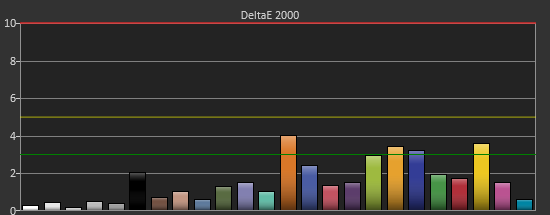
The saturations are also identical to see here. They start out with small errors but by the end, every color except for Cyan is showing a noticeable error at 100%.
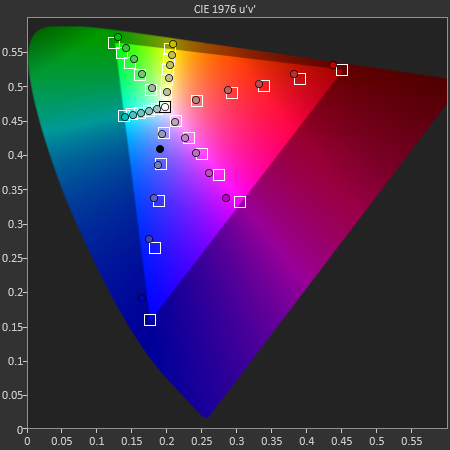
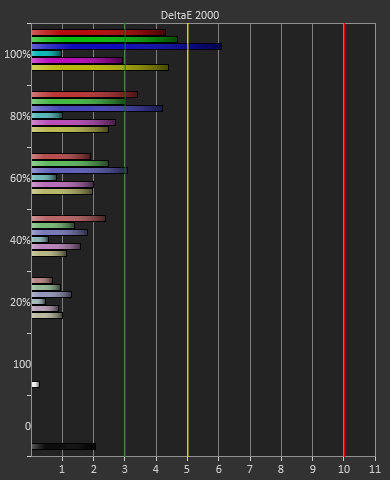
For 200 cd/m2 and a gamma of 2.2 or for 80 cd/m2 and the sRGB gamma, the ASUS PQ321Q performs almost equally. The grayscale and gamma are perfect, but the gamut has some issues. Once we start to see more displays using this same panel, but different electronics and possibly different backlights, then we can determine what is causing this shift in the gamut. With the initial target for the ASUS likely being professional designers, these errors seem a bit out-of-place.


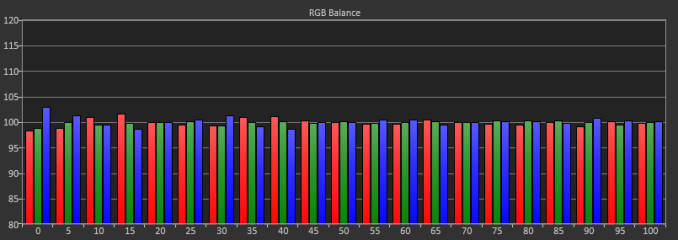
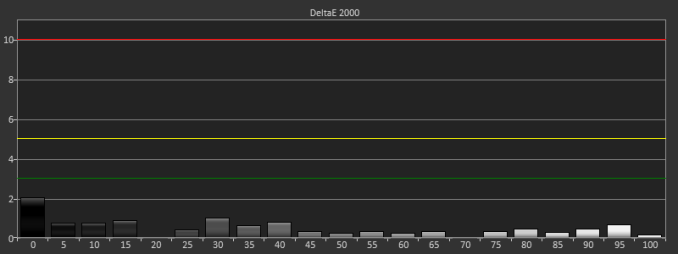











166 Comments
View All Comments
Zan Lynx - Thursday, July 25, 2013 - link
On the other hand, if you are building a $3,500 display you may as well throw some speakers in there. A graphics artist might like the picture but only want to play the occasional email or IM notification sound.DanNeely - Thursday, July 25, 2013 - link
At the same time, for that sort of use an optional speakerbar is a reasonable accessory without driving the price up for those of us who'll never need it.kenour - Thursday, July 25, 2013 - link
*yawn* Can someone wake me when a 1600p @ 24" @ 120hz monitor is released.tackle70 - Thursday, July 25, 2013 - link
I am so jealous of anyone with a spare $3500 laying around to spend on this screen. I am just dying to move from my 27" 1440p panel to a 4k 60 Hz screen... I'm really hoping the 39" type VA panel that ASUS has coming out next year is a lot cheaper.skrewler2 - Friday, July 26, 2013 - link
Pretty disappointing a $3500 monitor doesn't come with a stand that pivots (portrait mode). Wonder if the 4k Dells will come with it...houkouonchi - Monday, July 29, 2013 - link
"We have seen non-IGZO panels in smartphones with higher pixel densities, but we don’t have any other current desktop LCDs that offer a higher pixel density than this ASUS display"Wha??? I have been using 22 inch 4k LCD's since 2005-ish that have way higher pixel density than this thing does...
dj christian - Tuesday, July 30, 2013 - link
What does this gamma, contrast and db2000 all mean?path_doc - Wednesday, July 31, 2013 - link
Can the "NVIDIA GeForce GT 650M 1024 MB" graphics card that the Macbook Pro retina has drive this display? If not then do I have to buy a separate desktop to do the job?path_doc - Thursday, August 1, 2013 - link
Anyone out there?DPOverLord - Wednesday, August 7, 2013 - link
Reading this there does not seem to be a reason to buy it. Someone is better off buying 3 30" 1600p monitors for 3k than 1 31.5" 4k monitor for the same price. Thoughts?